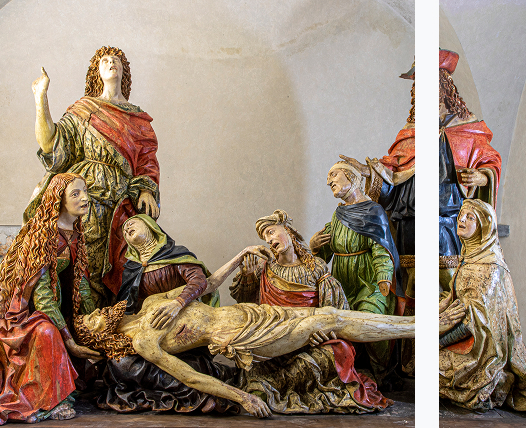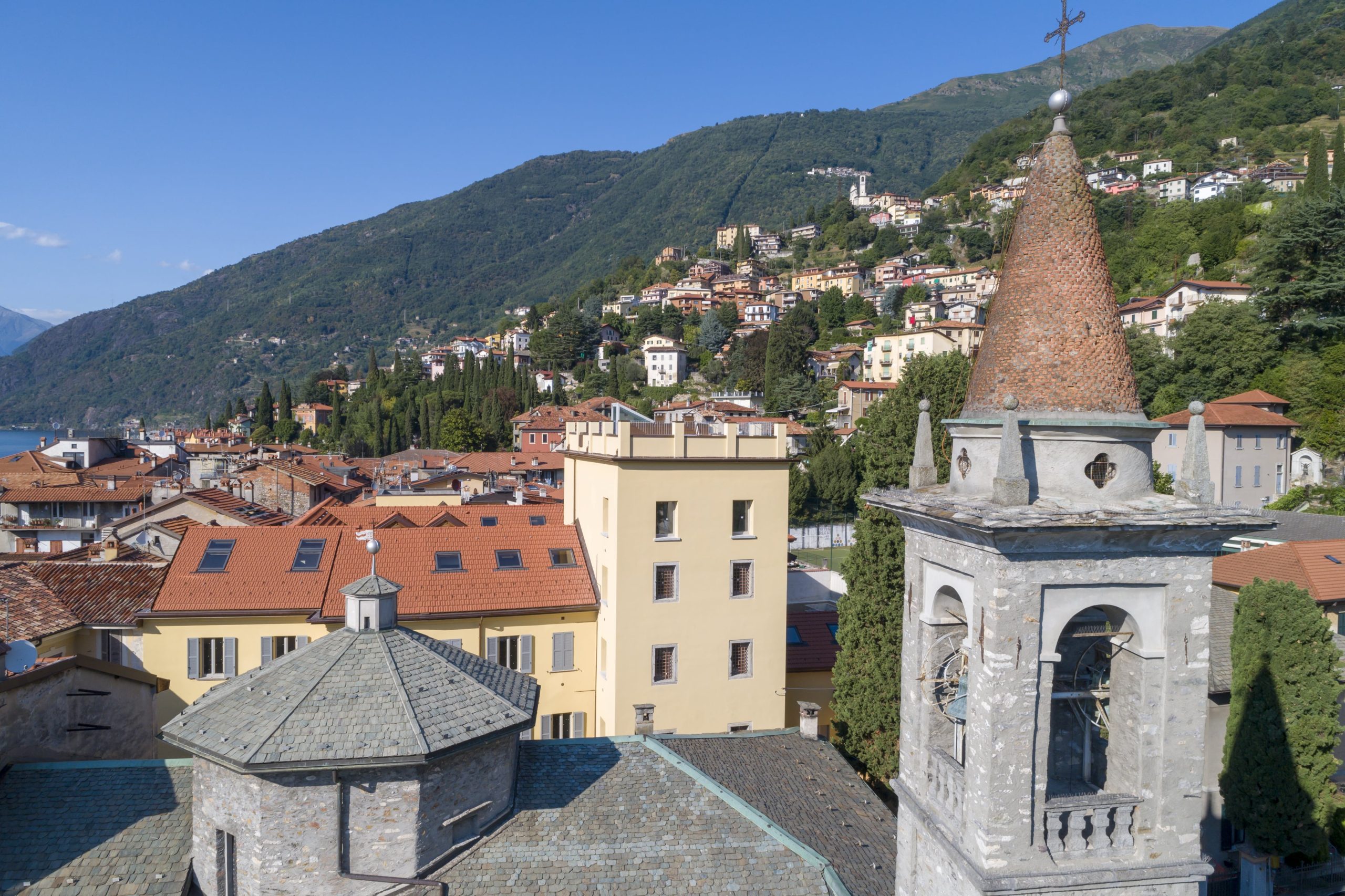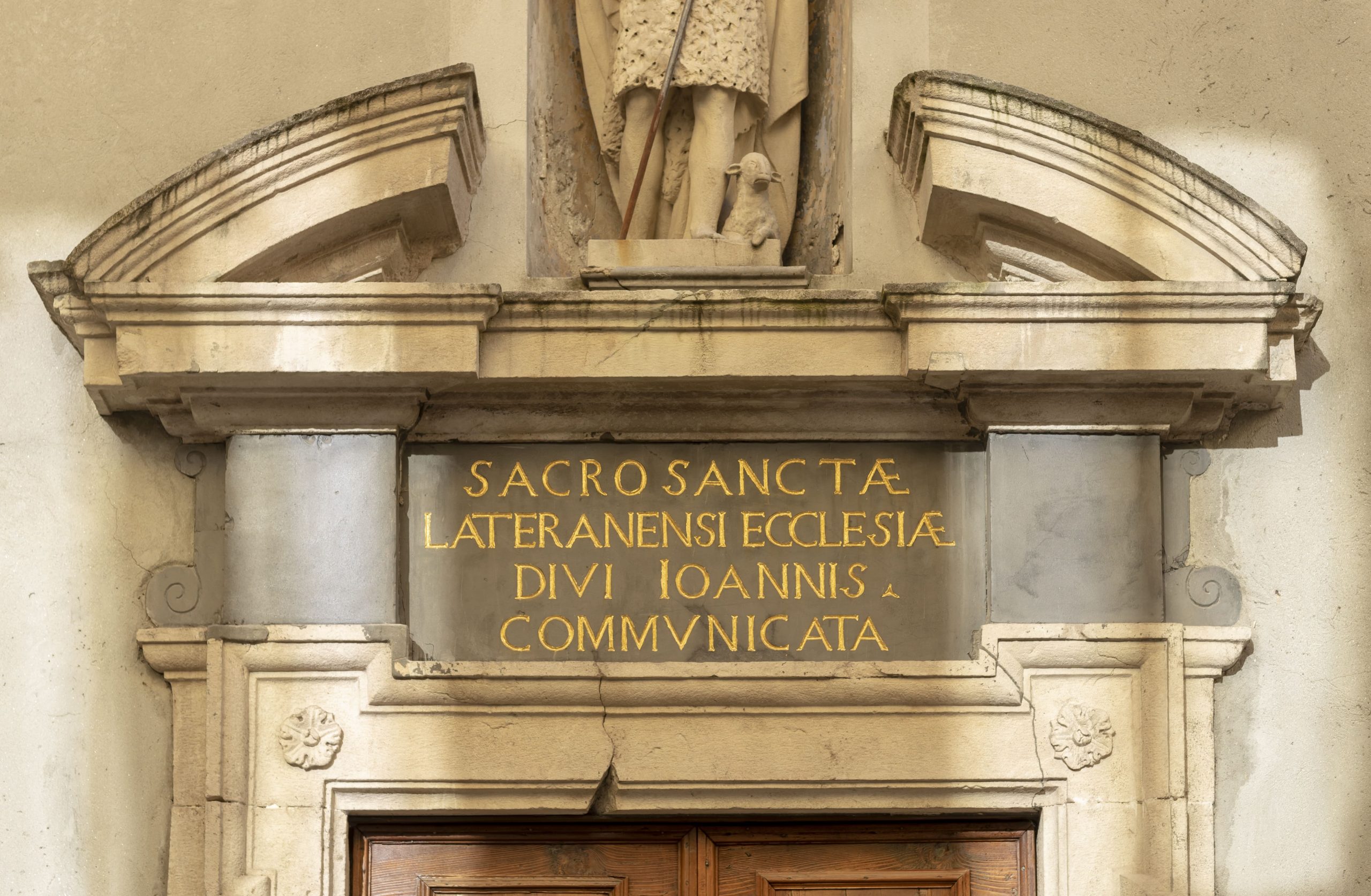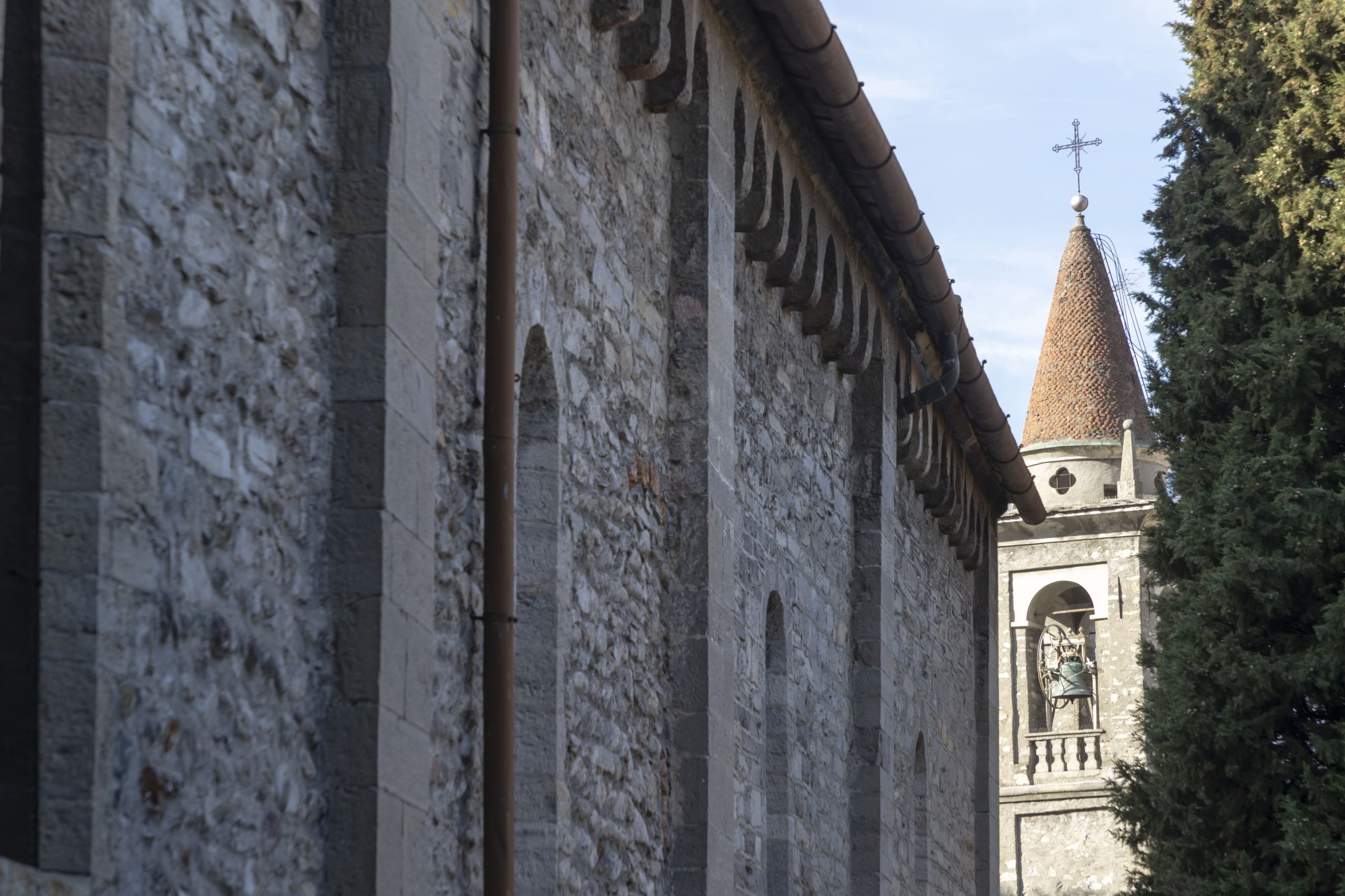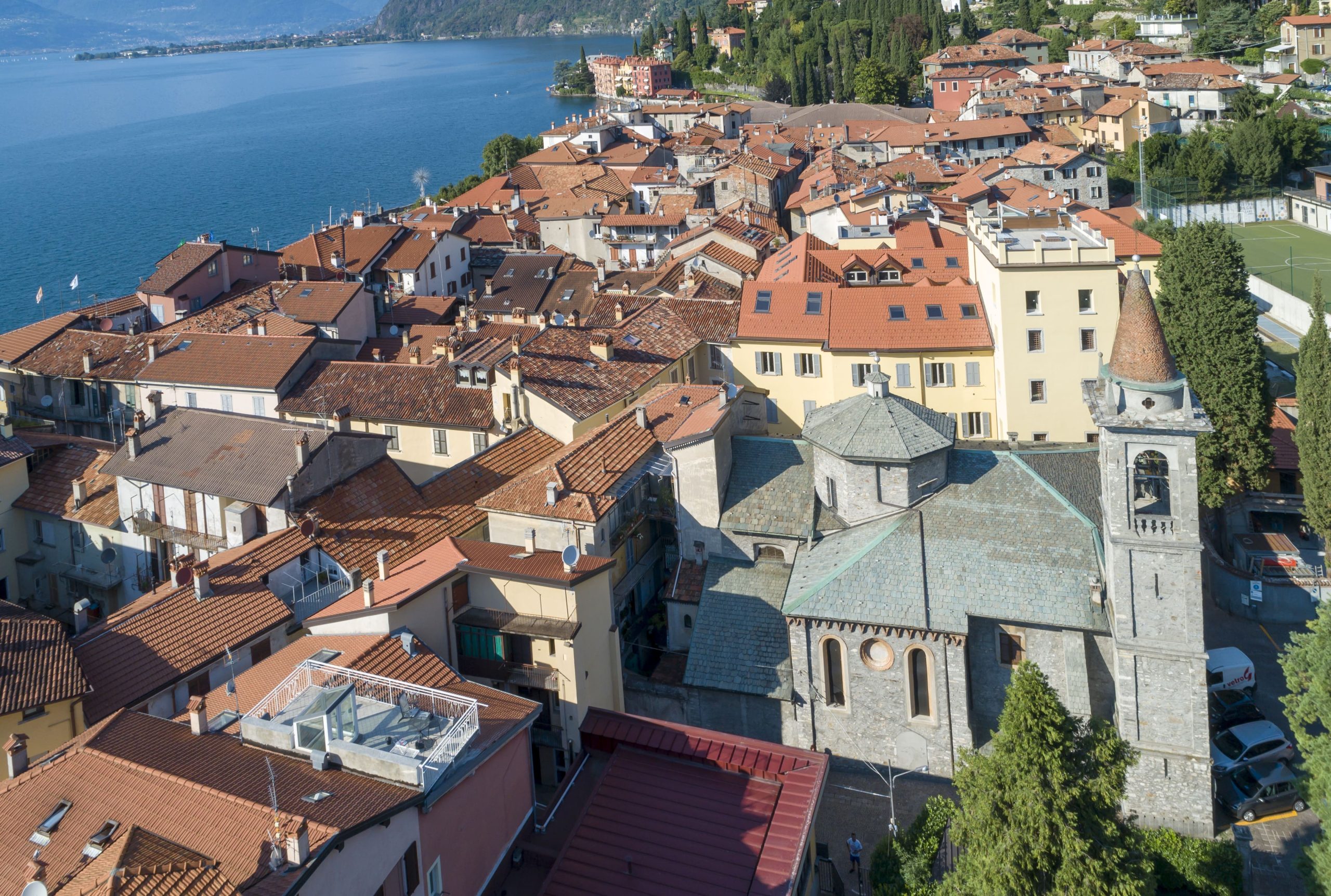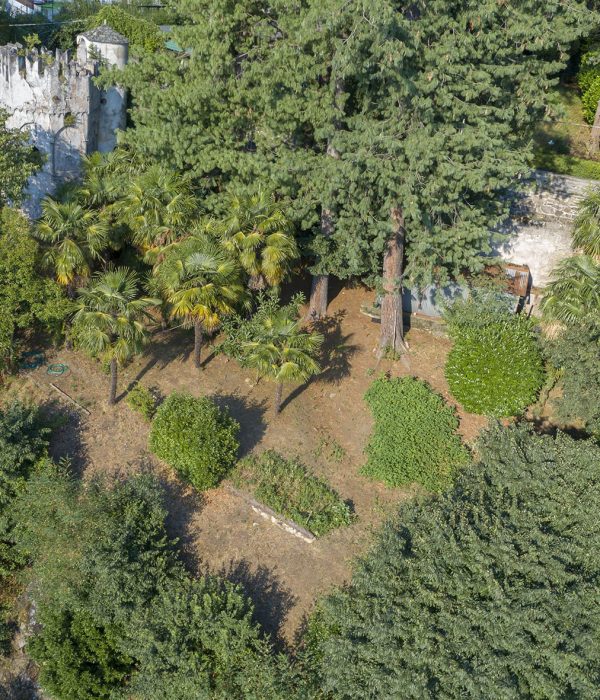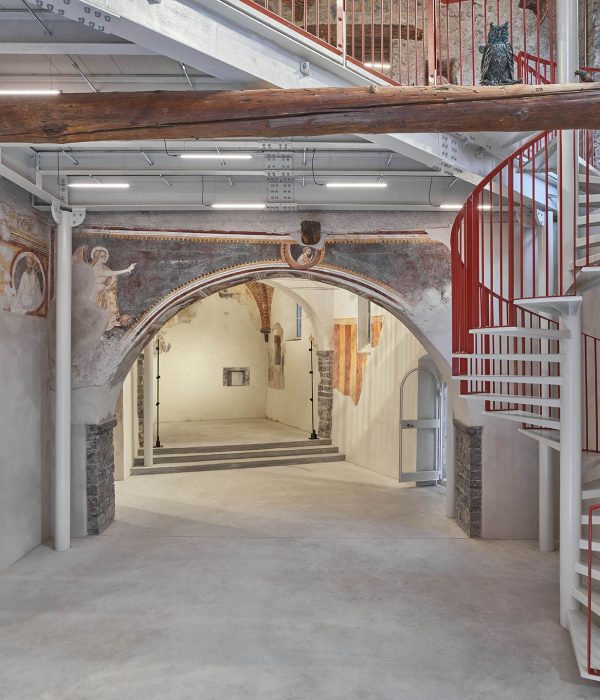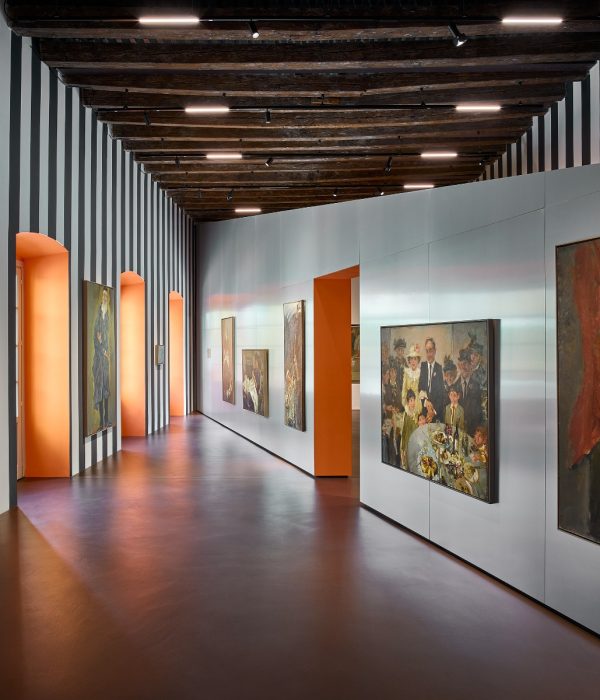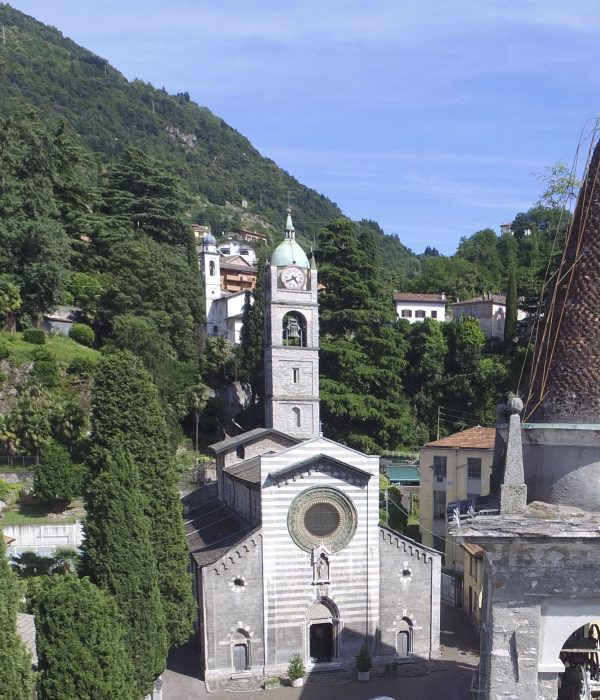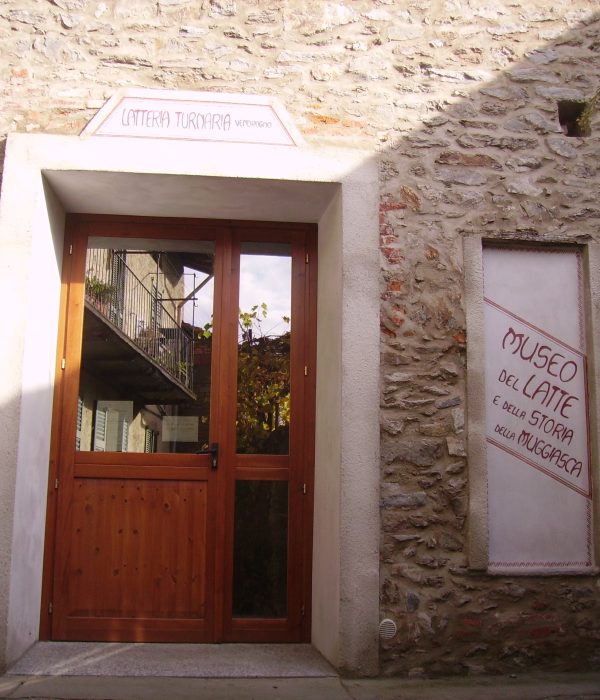In the very heart of the town is the ancient church of Santa Marta, opposite the parish church of Santi Nazaro e Celso on the other side of the square. The origins of the building are clearly revealed by its structure: erected as an oratory in the late middle ages, it was long the seat of the so-called Disciplini, a lay penitent confraternity particularly dedicated with Saints John the Baptist and John the Evangelist on either side. Also notable are the paintings of the same period located in the presbytery with episodes of the life of Saint Martha. On the left side of the nave, the chapel of the Holy Sepulchre features an unexpected late-fifteenth century Lombard masterpiece: an eight piece sculptural group in polychrome wood describing the scene of the reflection and meditation on Christ’s Passion and Crucifixion. The severe rules followed by the 74 members of the confraternity, compiled by Carlo Borromeo in the second half of the sixteenth century, gave great importance to penitence, even in the form of self-flagellation.
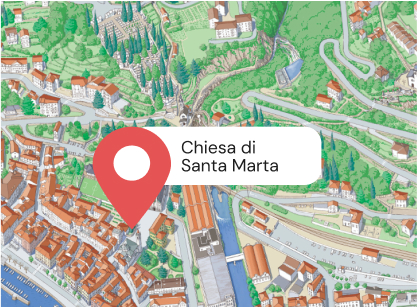
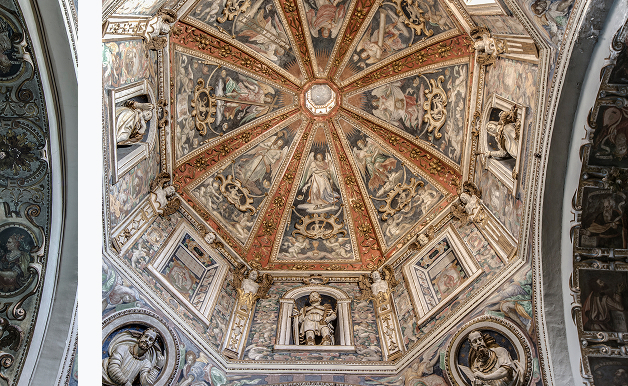
Despite the considerable renovations carried out over the centuries, the small church of Santa Marta has preserved its late Gothic structure, with fine cotto decorative arcades over the main door, and a substantial decoration on the 1582 dome situated atop its octagonal drum. The single-nave interior has lost most of its original features and displays a predominantly late-Baroque and Rococo decorative apparatus. Worth mentioning is the large seventeenth century altarpiece on the main altar by an unknown artist depicting Christ at the Home of Martha and Mary Lamentation over the Dead Christ (Lamentatio) executed by the outstandingly talented master wood carver Giovanni Angelo del Maino. Of particular interest is also the gold thread embroidered standard with the Triumph of Death that was painted by contemporary artist Giancarlo Vitali and exhibited in Casa Manzoni in Milan in 2017 on the occasion of one of the four exhibitions dedicated to artist’s production.
The Lamentation over the Dead Christ
Christ’s motionless mortal rigidity; the human agony of the swooning Virgin; the unleashed pain of Mary Magdalene who takes Christ’s hand in hers almost as if to kiss it one last time; John the Apostle standing on the left, and Joseph of Arimathea on the right, petrified in a pose of dignified participation. A masterpiece that through the hard roughness of wood provides new insights into truth and tragedy, presenting us with an unfiltered testimony of pure and quintessentially human sorrow. This group of eight polychrome wood statues is by Giovanni Angelo Del Maino, a major wood sculptor active in the Duchy of Milan between the late fifteenth century and the early decades of the sixteenth. Because of its importance this artwork has been requested by the Louvre for the Spring 2020 exhibition dedicated to sixteenth-century Italian sculpture.
